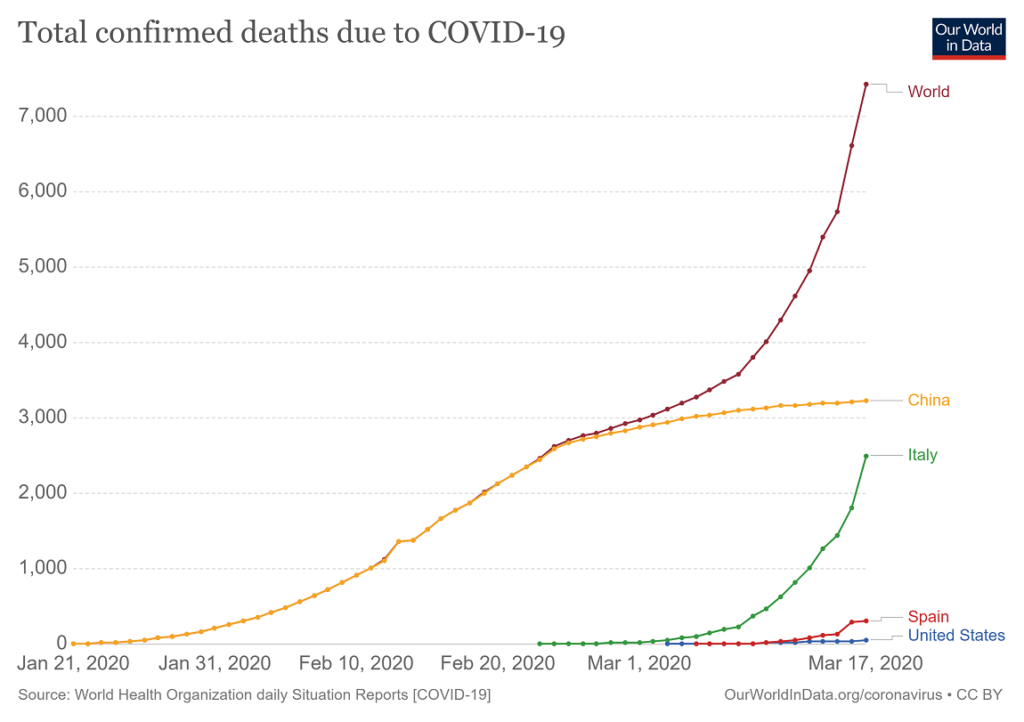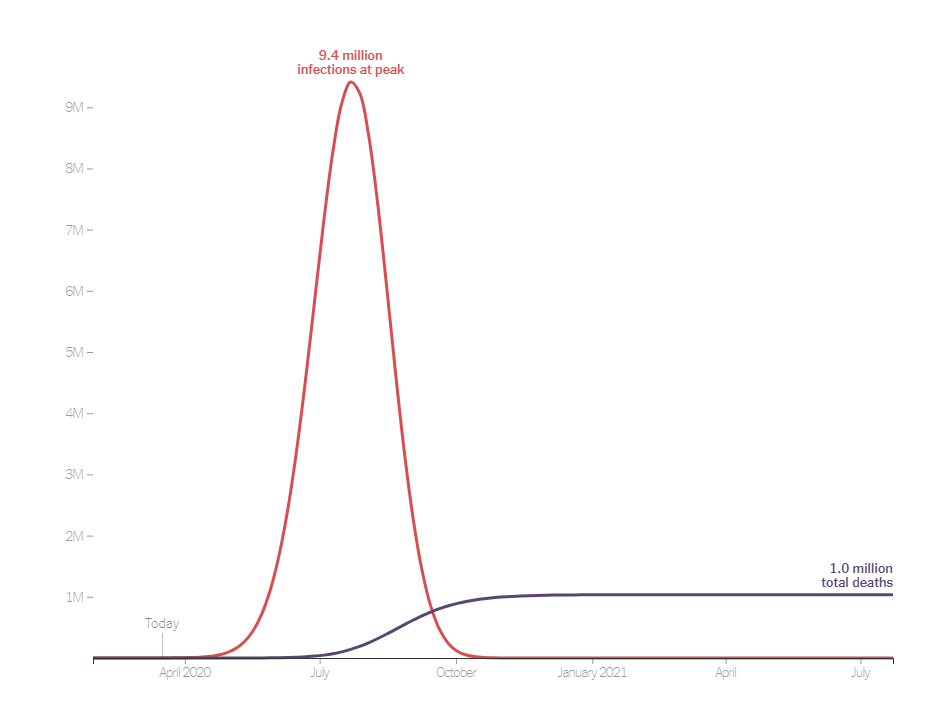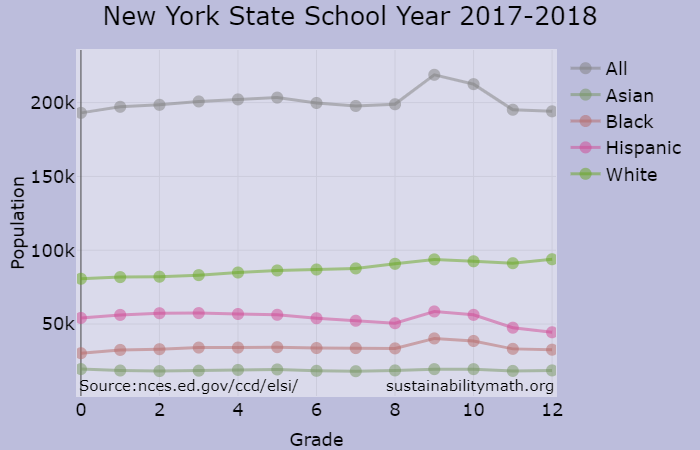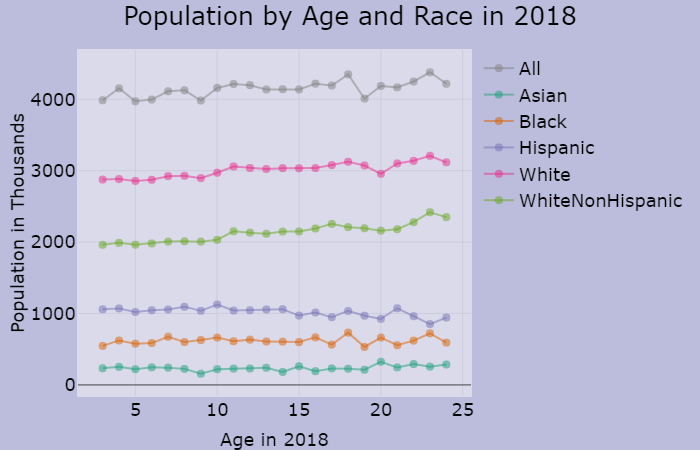 If you are looking for COVID-19 data there are two good resources. The first is the Our World in Data Cornonavirus page by Max Roser, Hannah Ritchie, and Esteban Ortiz-Ospina. They have a number of interactive graphs, such as the one copied here where you can select countries to view, that are updated daily.
If you are looking for COVID-19 data there are two good resources. The first is the Our World in Data Cornonavirus page by Max Roser, Hannah Ritchie, and Esteban Ortiz-Ospina. They have a number of interactive graphs, such as the one copied here where you can select countries to view, that are updated daily.
The second source is the GitHub page CSSEGISandData maintained at Johns Hopkins. They have three csv files that are updated daily which are confirmed, deaths, and recovered. The data is maintained down to the county level is some places.


 The Washington Center for Equitable Growth article
The Washington Center for Equitable Growth article 

 No, as can be easily seen by the graphic here copied from the NASA article
No, as can be easily seen by the graphic here copied from the NASA article 

